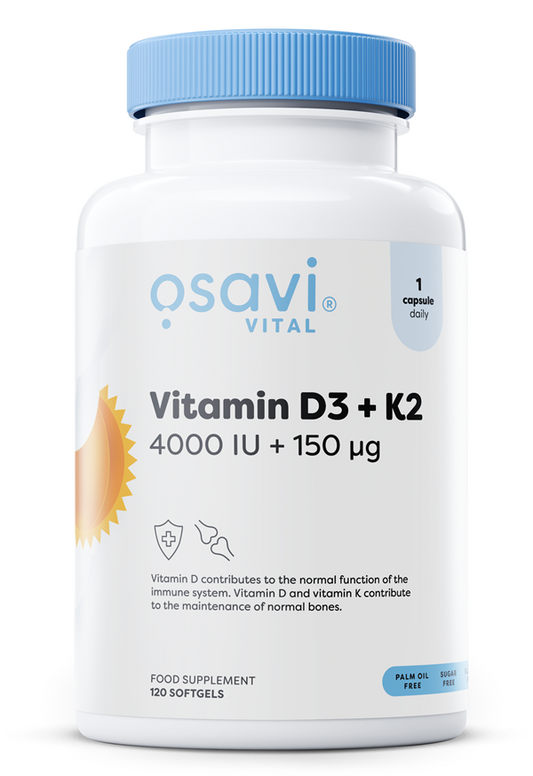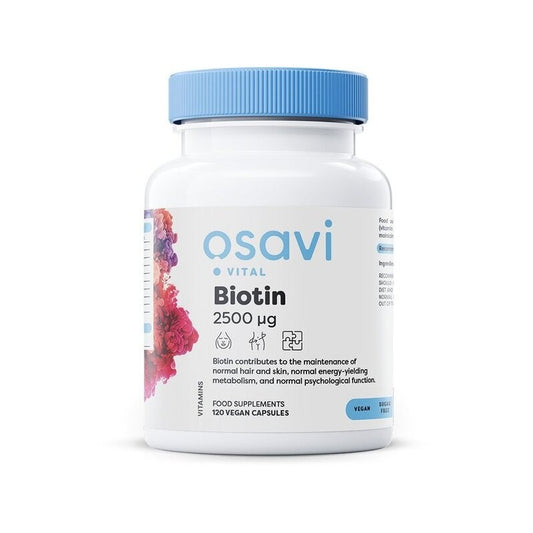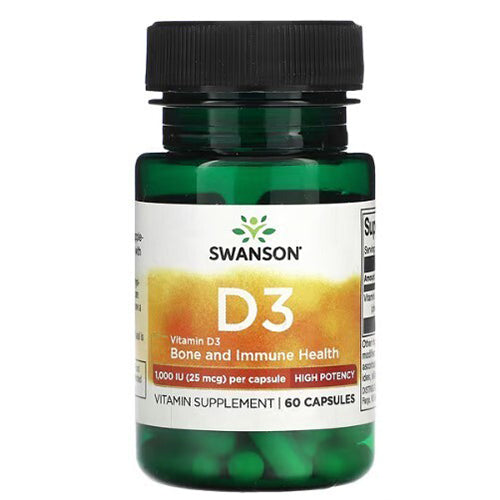
Vitamin E: Essential Nutrient for Cell Protection and Wellness
Jakub SkibaVitamin E is a fat-soluble nutrient that plays an important role in overall wellness. Best known for its antioxidant properties, it helps protect the cells of your body from oxidative stress caused by free radicals. Vitamin E includes a family of compounds such as tocopherols and tocotrienols, with alpha-tocopherol being the most active form in the body. Tocotrienols also contribute unique antioxidant properties.
This nutrient supports cellular health by maintaining the integrity of cell membranes and protecting unsaturated fats in the body. It also contributes to skin health, helping retain moisture and maintain a smooth, balanced appearance. Additionally, Vitamin E supports normal immune system activity, helping your body respond efficiently to everyday challenges. While Vitamin E does not directly prevent or treat diseases, it plays a supportive role in overall nutritional balance.
Vitamin E is widely available in many foods, making it relatively easy to meet daily needs through diet. Nuts, seeds, vegetable oils, fatty fish, leafy greens, and certain fruits provide reliable sources of this nutrient. A varied diet typically provides sufficient amounts for most individuals. For those with specific dietary restrictions or absorption concerns, fortified foods or supplements may be considered under professional guidance.
This article explores the functions of Vitamin E, food sources, recommended daily intake, and practical ways to maintain sufficient levels through diet and nutrition-focused strategies. By incorporating Vitamin E-rich foods into daily meals, you can support cellular wellness, skin health, and overall nutritional balance.
Key Roles of Vitamin E
Cell Protection
Vitamin E helps protect cells from oxidative stress, maintaining cellular function.
Skin Support
It helps the skin retain moisture and supports a healthy, smooth appearance.
Immune Support
Vitamin E contributes to normal immune system function by supporting white blood cell activity.
Food Sources of Vitamin E
Plant-Based Sources
-
Nuts and seeds (almonds, sunflower seeds, hazelnuts)
-
Vegetable oils (sunflower, safflower, wheat germ oil)
-
Leafy greens (spinach, Swiss chard, kale)
-
Fruits (kiwi, papaya, blackberries)
-
Avocados
Animal-Based Sources
-
Fatty fish (salmon, mackerel, sardines)
Recommended Daily Intake of Vitamin E
|
Age Group |
Daily Recommended Amount |
|
Infants (0–6 months) |
4 mg (6 IU) |
|
Children (1–3 years) |
6 mg (9 IU) |
|
Children (4–8 years) |
7 mg (10.4 IU) |
|
Children (9–13 years) |
11 mg (16.4 IU) |
|
Teens (14–18 years) |
15 mg (22.4 IU) |
|
Adults (19+ years) |
15 mg (22.4 IU) |
|
Pregnant/Breastfeeding women |
15 mg (22.4 IU) |
Vitamin E should ideally come from food sources, with supplements used only under professional guidance. Excessive intake from supplements can lead to unwanted effects.









